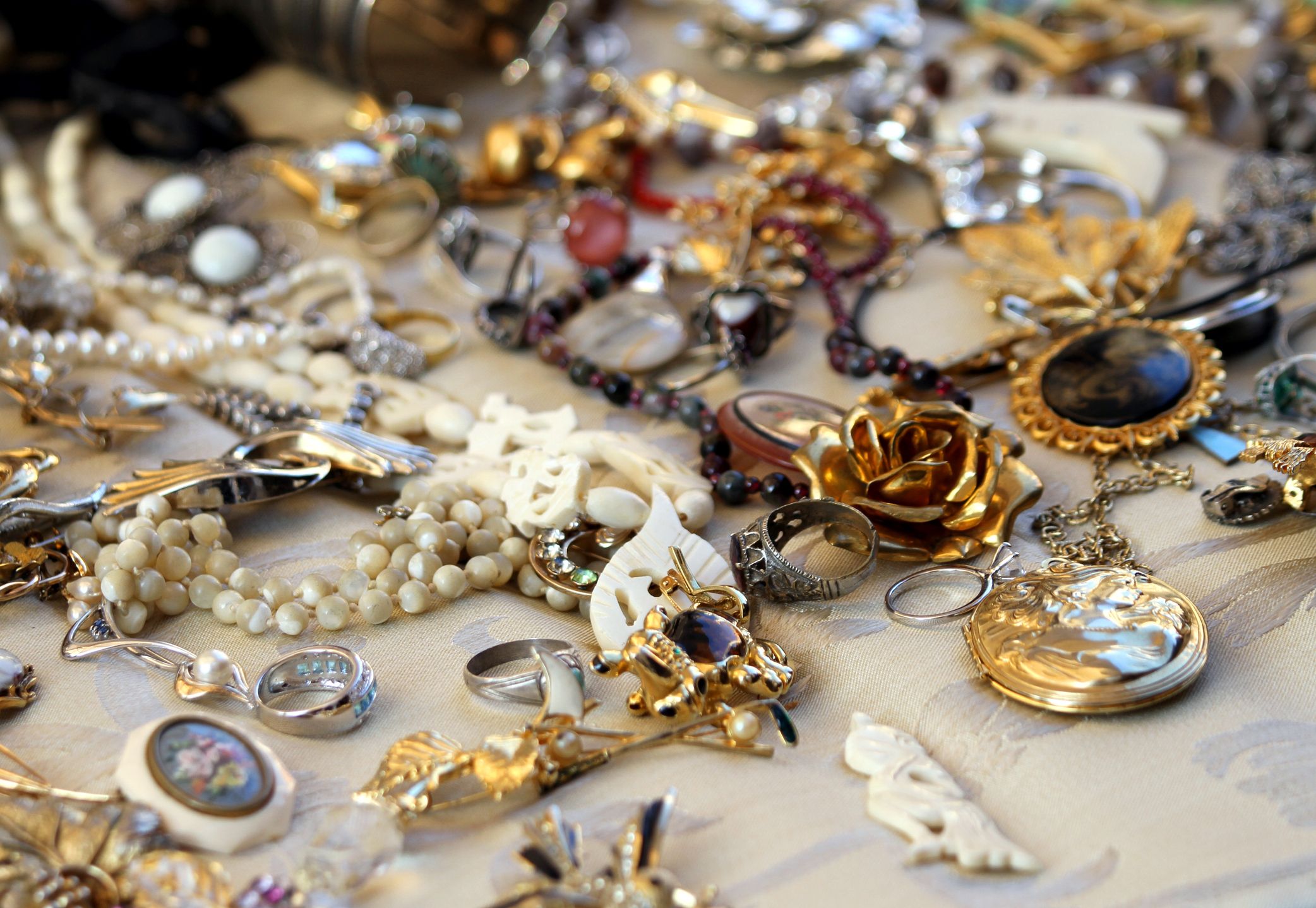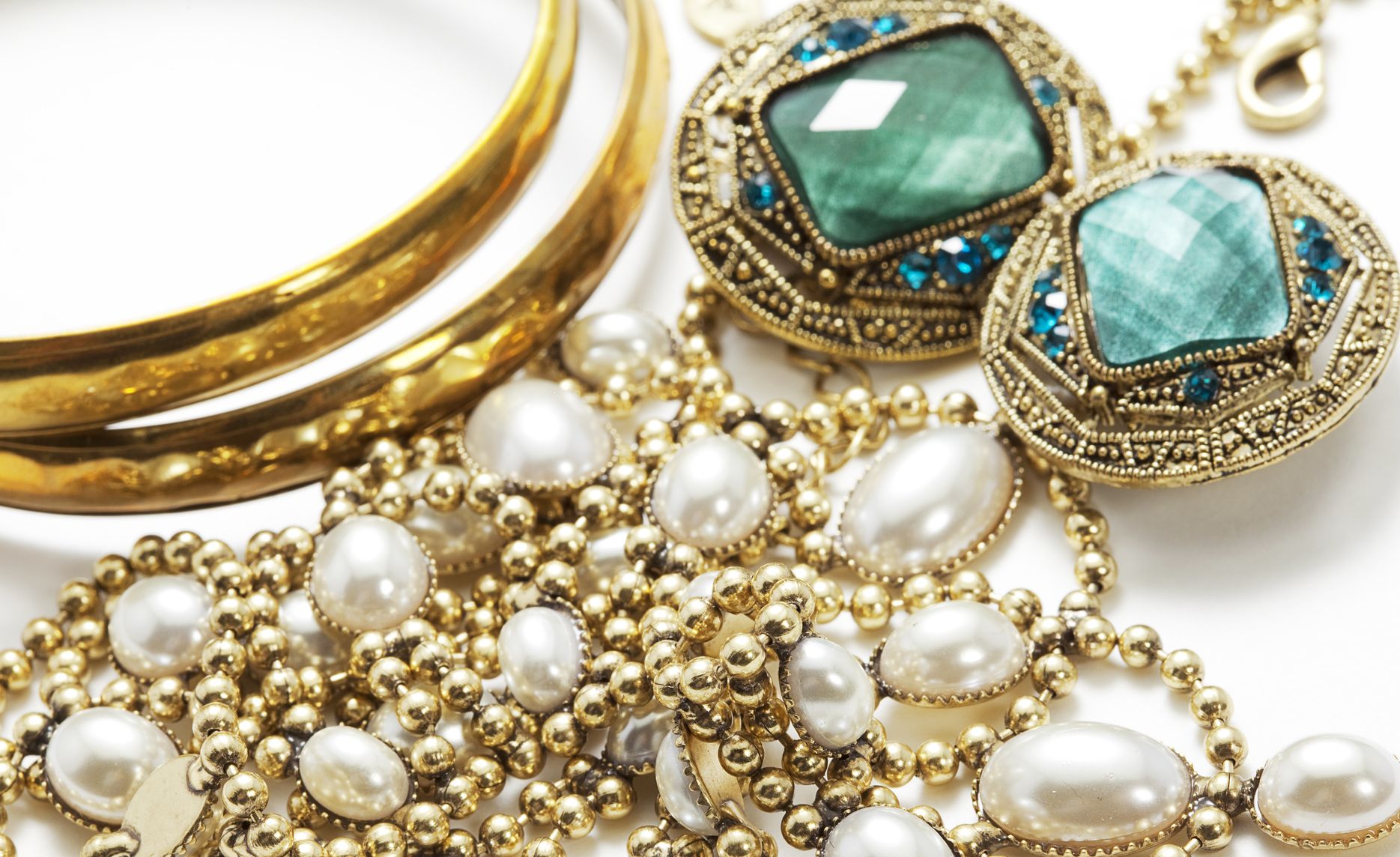For enthusiasts of exquisite jewellery, the terms “vintage” and “antique” are often used interchangeably, but they carry distinct meanings. Distinguishing between the two becomes crucial when considering the sale of inherited or discovered gold jewellery. Here’s what you need to know about vintage and antique jewellery:
Table of Contents
1. Vintage Jewellery:
- Time Frame: Typically, jewellery that is at least two decades old is considered vintage.
- Historical Eras: Vintage jewellery often encompasses specific historical eras, reflecting cultural changes, figureheads, or celebrations. Examples include the Georgian Era (1714-1837), Victorian Era (1837-1901), Edwardian Era (1901-1910), Art Nouveau Era (1895-1915), Art Deco Era (1915-1935), and the Vintage Retro Period (1945-1960).
- Age Consideration: While vintage pieces can be significantly aged, they fall short of the century-old mark that defines antique jewellery.
2. Antique Jewellery:
- Minimum Age: Antique jewellery is generally considered to be no less than a century old.
- Terminology Usage: Jewellery dealers may use the term “estate jewellery” to categorize old gold pieces, but antique enthusiasts often reserve the term for jewellery that has surpassed the 100-year mark.
- Age Significance: The key factor distinguishing antique jewellery is its age, with a focus on pieces that carry a century-long history.
3. Craftsmanship and Rarity:

- Unique Craftsmanship: Both vintage and antique jewellery often feature unique craftsmanship that reflects historical goldsmithing techniques.
- Bespoke and Custom-Made: In the past, gold jewellery was often bespoke or custom-made, contributing to the rarity of identical pieces. This individualized crafting adds to the allure of vintage and antique jewellery.
4. Materials and Value:
- Rare Materials: Vintage and antique gold jewellery may incorporate rare materials like Bakelite, wood, or ceramic, not commonly used in contemporary pieces.
- Collectability and Value: The uniqueness, age, and rare materials contribute to the collectability and value of vintage and antique gold jewellery. Collectors and dealers may pay a premium for pieces with historical significance.
5. Selling Considerations:
- Appraisal: When considering to sell gold jewellery, it’s advisable to have it appraised, taking into account its age, craftsmanship, and rarity.
- Specialized Dealers: Some dealers specialize in antique jewellery and may offer higher prices for pieces with unique histories or connections to famous goldsmiths.
In conclusion, understanding the distinctions between vintage and antique jewellery goes beyond mere semantics. The age, craftsmanship, and materials used contribute to the allure and value of these pieces. Whether you sell gold jewellery or specialized dealers, delving into the provenance and uniqueness of the jewellery can result in a more lucrative transaction




![Best [pii_email_d793b7a0858bff655976] Android Apps](https://www.baur.eu/XooWebKit/bin/imagecache.php/ea1f9_f5db0b6369/77d3_BB5b9/Datenschutz.jpg?width=971)



